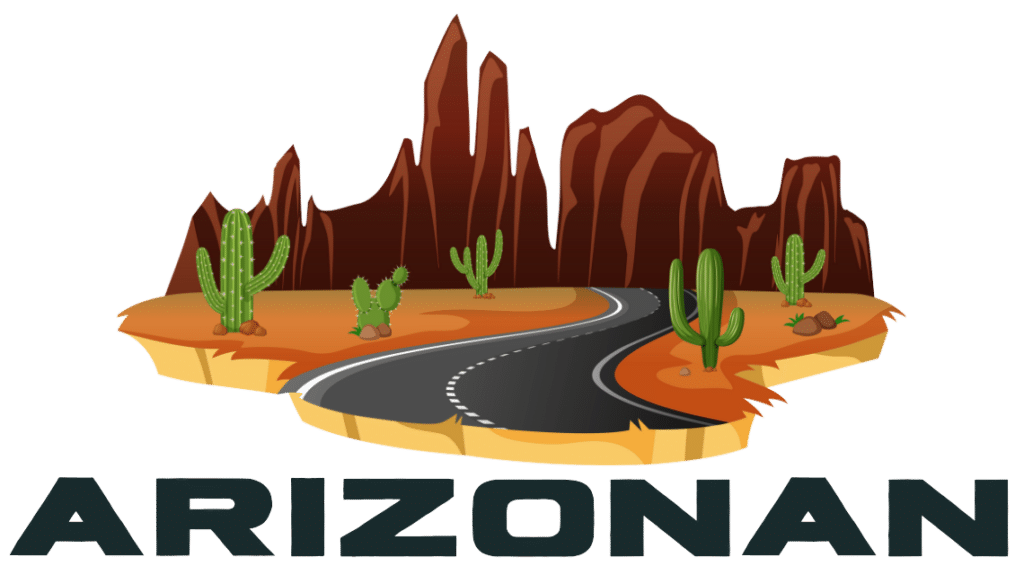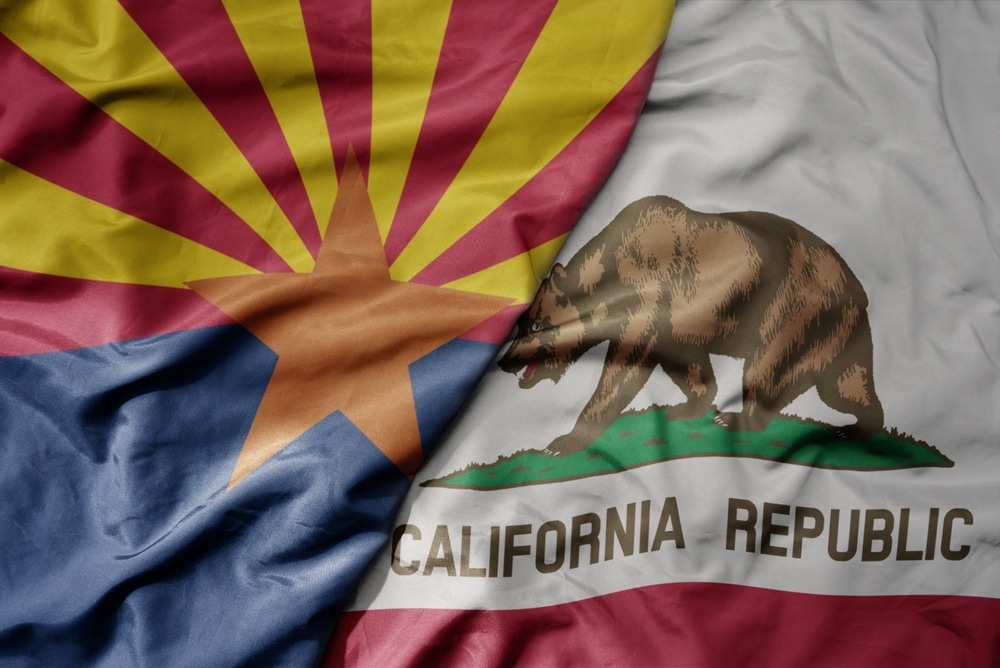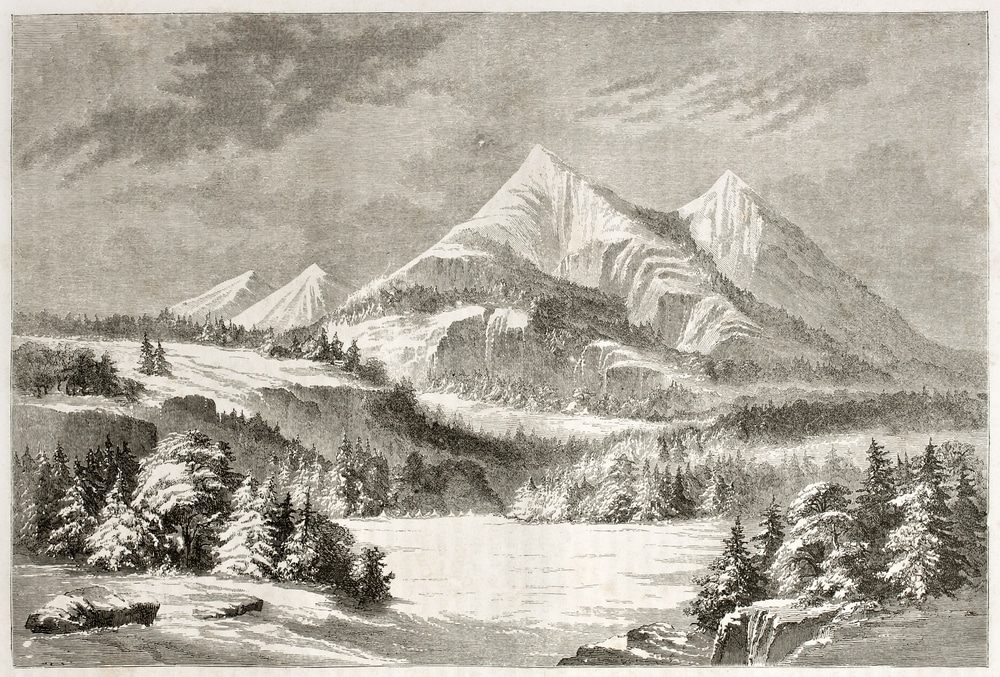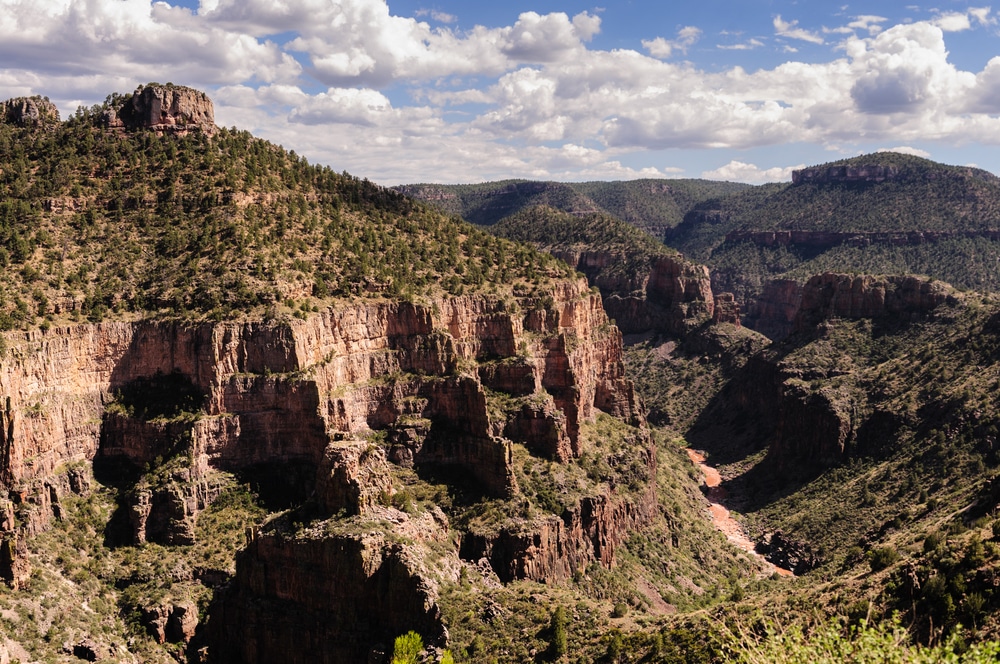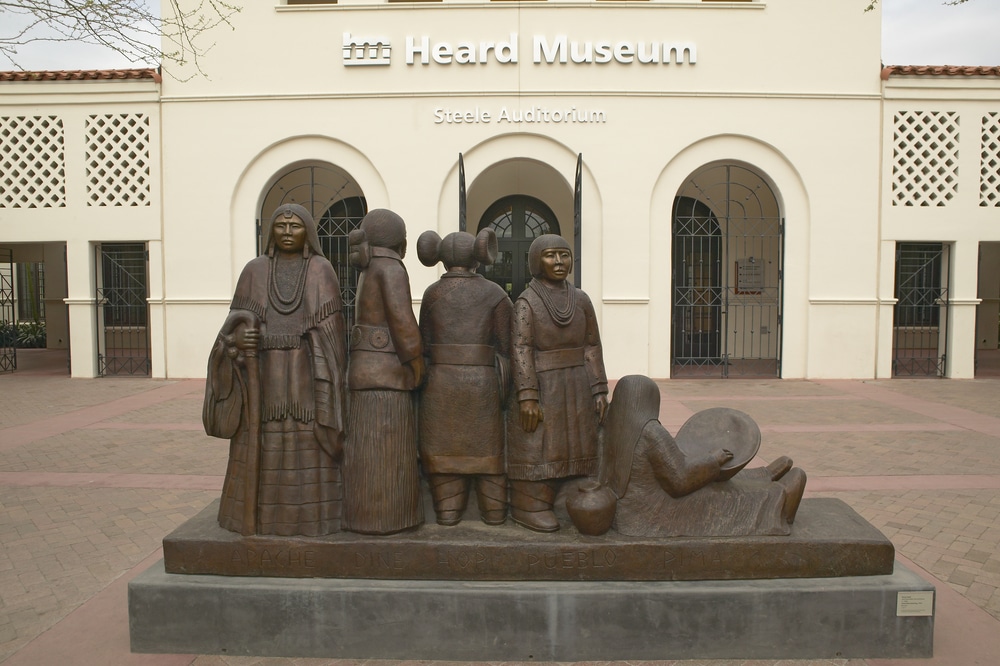In the depths of the Great Depression, as dust storms ravaged the heartland and breadlines stretched through American cities, Arizona’s governor declared war on the state of California. This wasn’t metaphorical political posturing—on November 10, 1934, Governor Benjamin Moeur dispatched the Arizona National Guard to the Colorado River with orders to halt construction of Parker Dam. Machine gun nests were established on the Arizona shore, and for several tense days, the nation watched as two states stood on the brink of armed conflict over the West’s most precious resource: water.
The Rivers of Conflict
The roots of Arizona’s war with California stretched back decades, intertwining with the fundamental challenge of survival in the arid Southwest. The Colorado River, flowing 1,450 miles from the Rocky Mountains to the Gulf of California, had always been the lifeline of the desert. Indigenous peoples, including the Mojave, Chemehuevi, and Quechan nations, had lived along its banks for millennia, developing sophisticated agricultural systems that worked in harmony with the river’s seasonal floods.
Water Rights Struggle
By the 1920s, the river had become the focus of an epic struggle between seven states, each claiming rights to its water. California, with its booming population and vast agricultural potential, had already begun diverting Colorado River water through the All-American Canal. Arizona watched with growing alarm as its more populous neighbor seemed poised to claim the lion’s share of the river’s flow.
The Colorado River Compact
The Colorado River Compact of 1922 had attempted to divide the river’s water equitably among the basin states, but Arizona refused to ratify it, fearing the agreement favored California’s interests. This refusal would haunt Arizona for decades, as other states moved forward with development while Arizona remained legally unable to claim its full share of Colorado River water.
The Parker Dam Crisis
The immediate cause of Governor Moeur’s dramatic action was the construction of Parker Dam, located 155 miles downstream from Hoover Dam. The Metropolitan Water District of Southern California had begun building this dam to create Lake Havasu, which would serve as the intake point for the Colorado River Aqueduct—a massive project designed to carry water 242 miles across the desert to Los Angeles and other coastal cities.
Arizona’s Perspective
From Arizona’s perspective, California was literally stealing water from Arizona’s riverbank. The dam’s eastern foundation would be anchored on the Arizona side of the river, and Arizona had not given permission for this construction. Governor Moeur, a Democrat known for his fierce defense of Arizona’s interests, saw this as an intolerable violation of state sovereignty.
The Declaration of War
On the morning of November 10, 1934, Moeur proclaimed martial law along the Colorado River and ordered Major E.J. Pyle to lead a contingent of the Arizona National Guard to the construction site. The governor’s proclamation declared that California was “threatening to invade and trespass upon the territory of the State of Arizona,” and that military force was necessary to repel this invasion.
The Military Standoff
The Arizona National Guard established their position at the construction site with impressive speed. Machine gun emplacements were set up overlooking the dam site, and guardsmen patrolled the Arizona shore in boats, preventing any workers or equipment from approaching the eastern bank. The soldiers, many of them young men grateful for any paying work during the Depression, found themselves thrust into an unprecedented situation—potentially the first interstate war since the Civil War.
Eyewitness Accounts
Nellie Trent Bush, an Arizona state legislator who witnessed the events, later recalled: “It was surreal watching our boys set up military positions against California. Some of them had relatives working on that dam. But water meant survival in Arizona, and everyone understood what was at stake.”
Construction Halt
The construction crews, employed by the Six Companies consortium that had built Hoover Dam, initially attempted to continue their work from the California side. However, effective construction required access to both banks of the river. Work ground to a halt as lawyers on both sides scrambled to address this extraordinary situation.
Legal Battles and Political Maneuvering
While soldiers manned their posts along the Colorado River, the real battle shifted to the courts and the halls of power in Washington, D.C. California immediately sought an injunction in federal court to prevent Arizona from interfering with the federally authorized project. Arizona countered that the federal government had no right to authorize construction on Arizona soil without the state’s consent.
Supreme Court Intervention
The case quickly made its way to the United States Supreme Court as Arizona v. California—the first of several Supreme Court cases by that name that would shape Western water law. Secretary of the Interior Harold Ickes, responsible for the Bureau of Reclamation that was overseeing the dam’s construction, found himself mediating between two states that were both crucial to President Franklin Roosevelt’s New Deal coalition.
National Media Coverage
The national press had a field day with the story. The Los Angeles Times condemned Arizona’s “reckless militarism,” while the Arizona Republic praised Governor Moeur’s “courageous defense of state sovereignty.” Editorial cartoonists depicted the two states as gunfighters facing off at high noon, with the Colorado River flowing between them.
Resolution and Aftermath
After several tense weeks, the Supreme Court delivered its verdict: the federal government did indeed have the authority to build dams on navigable rivers, even if construction extended onto state land. However, the Court also acknowledged Arizona’s concerns about water rights, suggesting that these issues needed to be resolved through negotiation rather than military action.
Standing Down
Governor Moeur, having made his point and gained national attention for Arizona’s water concerns, ordered the National Guard to stand down on November 24, 1934. The soldiers packed up their machine guns and returned to their armories, ending what newspapers had dubbed “The West’s Wettest War.”
Long-term Water Rights
The immediate crisis was over, but the underlying water dispute would continue for decades. Arizona finally ratified the Colorado River Compact in 1944, and after years of litigation, the Supreme Court’s 1963 decision in Arizona v. California (a different case from 1934) finally confirmed Arizona’s right to 2.8 million acre-feet of Colorado River water annually.
The Modern Legacy
Today, Parker Dam stands as a fully operational facility, creating Lake Havasu and feeding the Colorado River Aqueduct that supplies water to nearly 19 million Southern Californians. The dam and reservoir have become integral parts of both states’ water infrastructure, ironically serving Arizona as well as California.
Lake Havasu City
Lake Havasu City, established in 1964 on the Arizona shore of the reservoir, has grown into a thriving community of over 55,000 residents. The city is famous for hosting the relocated London Bridge, purchased and reconstructed by developer Robert McCulloch in 1968—a tourist attraction that brings millions of dollars annually to Arizona’s economy.
From Conflict to Cooperation
The site of the 1934 military standoff is now a place of recreation and cooperation. Boaters from both states cruise the peaceful waters of Lake Havasu, most unaware that these waters once nearly sparked an armed conflict between neighbors. The dam itself offers tours where visitors can learn about both its engineering marvels and its contentious history.
Legal Precedent
The Parker Dam crisis profoundly influenced how Western states approach water disputes. The near-conflict demonstrated that in the arid West, water rights could not be separated from political power, economic development, and ultimately, survival. It helped establish the principle that while states would vigorously defend their water rights, these disputes must be resolved through legal channels rather than force of arms.
Contemporary Water Challenges
The issues that led to Arizona’s 1934 “war” with California remain relevant today. The Colorado River is now fully allocated and over-allocated, with climate change reducing flows while population growth increases demand. The seven Colorado River Basin states continue to negotiate and occasionally clash over water allocations, though thankfully without military involvement.
Arizona’s Water Management
Modern Arizona has become a leader in water conservation and management, partly due to the hard lessons learned during the Parker Dam crisis. The Central Arizona Project, completed in 1994, finally gave Arizona the infrastructure to fully utilize its Colorado River allocation, carrying water 336 miles from Lake Havasu to Phoenix and Tucson.
Interstate Cooperation
The events of 1934 also highlighted the importance of interstate cooperation in managing shared resources. The Colorado River Basin states now meet regularly to coordinate water management, and while tensions persist, the framework for negotiation established in the wake of the Parker Dam crisis continues to prevent conflicts from escalating to the level seen in 1934.
Visit the History
Historic Sites and Museums
📍 Parker Dam
- Address: Parker Dam Road, Parker, AZ 85344
- 📞 Phone: (760) 663-3712
- 🌐 Website: usbr.gov/lc/region/pao/parker.html
- 🕒 Hours: Self-guided tours daily 7 AM – 5 PM (Pacific Time)
- 💰 Admission: Free
- ♿ Accessibility: Visitor areas are wheelchair accessible
📍 Lake Havasu Museum of History
- Address: 320 London Bridge Road, Lake Havasu City, AZ 86403
- 📞 Phone: (928) 854-4938
- 🌐 Website: havasumuseum.com
- 🕒 Hours: Tuesday-Saturday, 10 AM – 4 PM
- 💰 Admission: $5 adults, free for children under 12
- ♿ Accessibility: Fully accessible facilities
📍 Arizona History Museum (Water History Exhibits)
- Address: 949 E 2nd Street, Tucson, AZ 85719
- 📞 Phone: (520) 628-5774
- 🌐 Website: arizonahistoricalsociety.org
- 🕒 Hours: Tuesday-Saturday, 10 AM – 4 PM
- 💰 Admission: $12 adults, $10 seniors, $6 students
- ♿ Accessibility: All exhibits wheelchair accessible
Additional Resources
📚 Further Learning: For those interested in learning more about Arizona’s water history and the Parker Dam crisis, the Arizona Historical Society maintains extensive archives including Governor Moeur’s original proclamations and correspondence. The Bureau of Reclamation’s Lower Colorado Region office offers educational programs about the Colorado River system’s history and current management. Marc Reisner’s seminal book “Cadillac Desert” provides comprehensive context for understanding Western water conflicts, including detailed coverage of the Arizona-California disputes.
